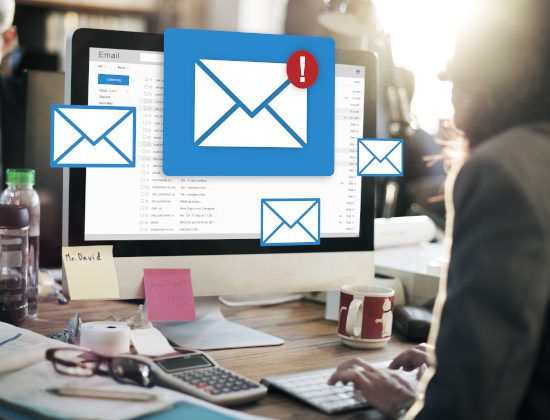How Data Breaches can be prevented with Secure Mail
Data breaches are one of the worst nightmares of every IT security professional. Regardless of the level of IT security applied by the company, your employees’ actions during digital communication remain the weakest link in data security. Many reports state that more than 60% of all data breaches are caused by unintentional human errors during digital communication. This poses a major challenge for IT managers/CISOs, with questions such as: how can the risks be monitored? How can staff be trained in security best practices? How can human errors be efficiently prevented?
By: Daan Jacobs
A data breach starts within an organisation and results in sensitive/private information ending up in where the information does not belong. An estimated 60% of all data breaches are caused by human error. Preventing these errors is therefore of the utmost importance. Especially now that data protection laws are being drafted around the world and Europe is taking the lead with the GDPR and its strict data protection laws.
The consequences of a data breach depend on several variables, such as the source of the breach, its nature and seriousness, and the speed with which the regulating bodies and the persons concerned were informed. The first and often most damaging consequence is damage to an organisation’s reputation. Then come the consequences of violating GDPR regulations. This can be a simple warning or a fine that can be as much as 4% of a company’s annual worldwide revenue. British Airways, for example, was fined €205 million for failing to protect the personal information of its customers.
Secure Mail
Secure mailing platforms like Zivver are the best solution to prevent data breaches caused by human error. They use strong encryption and two-factor authentication to secure messages. Recipients and the content of the message are monitored live, and the user is warned if something suspicious is detected. Emails can be withdrawn if an error is found after sending and it will educate employees about data protection best practices.
When it comes to sending large files, most people use popular services like WeTransfer or DropBox. The problem with these services is that you don’t know what happens to the data between sending and receiving. The safest way to share files is through a secure mailing platform. Secure email platforms allow large files to be sent as email attachments. Since it is part of the email, the same security and privacy measures apply, such as encryption and verifying content. In addition, recipients must prove their identity before accessing the files. The secure email platform does not store any private files on any servers.
Encryption
Encryption is a critical part of email security. There are different types of encryption and all serve the same purpose: to ensure that only the sender and receiver have access to the messages sent. The recipient must have a ‘key’ to decrypt the received message. There are different forms of encryption, with some forms being more secure than others. This begs the question: what is the safest form of encryption and how does it work? The answer is asymmetric encryption, which is used by only a few secure email platforms like Zivver.
Asymmetric encryption uses two keys to encrypt a message. Secret keys are exchanged over the Internet or an extensive network. It is important to note that anyone with a secret key can decrypt the message, which is why asymmetric encryption uses two keys that belong together to improve security. A public key is available for free to anyone who wants to email you. The second private key remains secret, so that only you and the recipient(s) can read the email.
Two Factor Authentication (2FA)
Two-factor authentication is the best solution for online platforms to prove someone’s identity and is also one of the best ways to prevent identity theft. Two-factor authentication and email are the perfect combination. Regardless of what type of email service you use, most services have the option to enable 2FA as additional proof of identity. Your e-mail inbox contains a large amount of data about yourself and therefore needs to be well protected. 2FA goes a step further than the usual login with username and password. It requires users to prove their identity with a code that is randomly generated and delivered only to the owner of the email account, so that other people cannot gain access your inbox.
No business is an island—sharing sensitive information between partners, suppliers and customers is essential for every organisation. Therefore, preventing data leaks and maintaining privacy protection is crucial. If you have any questions on how your organisation can be protected against Data Breaches or the different Secure Mail solutions like Zivver and Secure Mail from GoAnywhere solutions BlueFinch can advise you on, please contact us at sales@bluefinch.com



